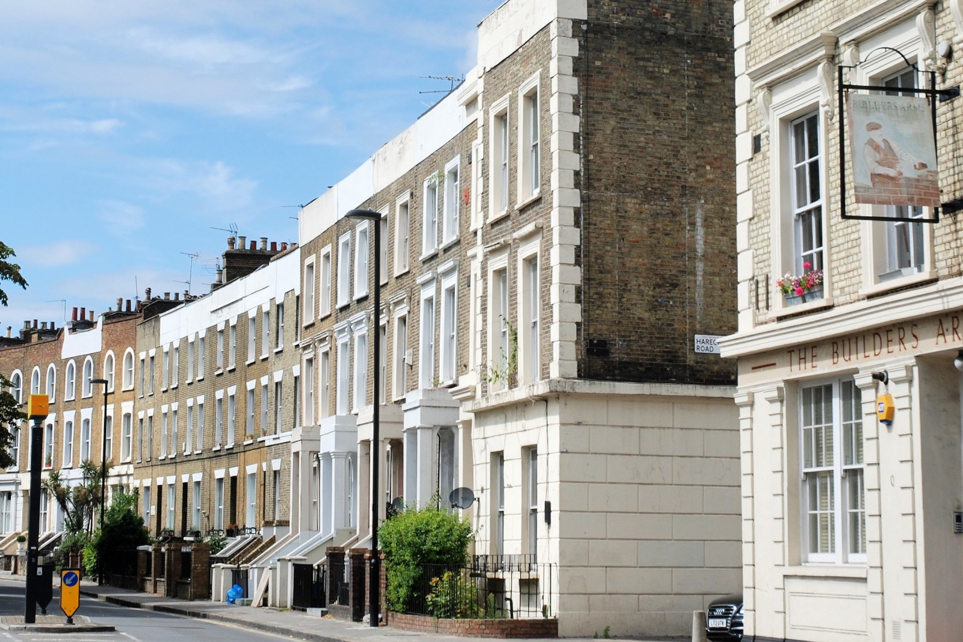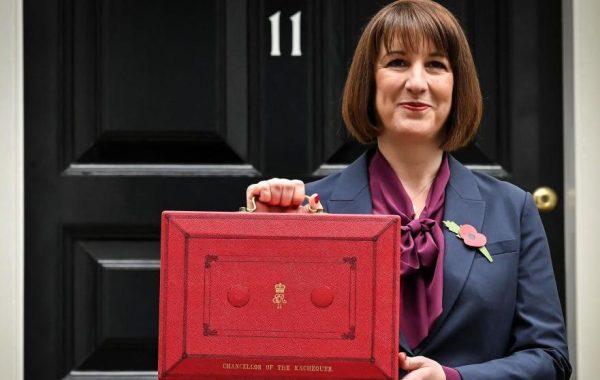Weaving Tomorrow’s Tapestry: A Closer Look at Islington Mildmay’s Planning Permission
In the beating heart of London, the borough of Islington stands as a living testament to the harmonious blend of historical resonance and modern vibrancy. Amidst this urban symphony, the Mildmay area serves as the focal point for a nuanced dance between preservation and progress. With the district undergoing a transformative journey, the spotlight turns towards the intricacies of navigating the labyrinthine process that is Islington planning permission.
Before unravelling the complexities of planning permission, it’s essential to immerse ourselves in the historical narrative that provides the backdrop for Islington Mildmay’s metamorphosis. From its origins in the Domesday Book to its current bustling urban landscape, Islington has evolved from pastoral farmlands to a dynamic city center. Mildmay, adorned with Victorian charm and tree-lined streets, encapsulates this rich heritage.
Preserving the district’s historical tapestry while meeting the needs of a growing population poses a challenge that necessitates a delicate balancing act between conservationists and urban planners. At the core of this challenge lies the planning permission process, where divergent forces must converge to shape the future landscape of Islington Mildmay.
In the heart of Islington Mildmay’s planning permission lies the intricate art of community engagement. Local residents, business proprietors, and stakeholders are beckoned to partake in an array of consultations, public meetings, and workshops. This collaborative dance seeks to infuse diverse perspectives, ensuring that the very essence of the community becomes an integral thread in the development tapestry.
A pivotal consideration in planning permission is the orchestration of architectural harmony. Islington Mildmay’s unique blend of Victorian and Edwardian architecture serves as a hallmark of the area, demanding that any proposed developments seamlessly integrate with this existing aesthetic. Preservation of facades, meticulous attention to scale, and the use of materials resonant with historical context are paramount considerations.
As the urban landscape evolves, the imperative of green spaces and sustainable development takes center stage. Planning permission applications are tasked with demonstrating an unwavering commitment to environmental stewardship, incorporating elements like green roofs, energy-efficient designs, and a thoughtful approach to landscaping that enhances the holistic well-being of residents.
The societal fabric of Islington Mildmay is intricately woven with diverse communities, placing the issue of affordable housing at the forefront of planning permission dialogues. Developers are often mandated to set aside a percentage of new units for affordable housing, thereby fostering socio-economic diversity and inclusivity within the borough.
Securing planning permission in Islington Mildmay is akin to navigating a labyrinth of considerations. Developers, architects, and planners must adhere meticulously to local planning policies and guidelines. The journey unfolds through various stages, from pre-application consultations to the submission of meticulously detailed plans, culminating in public scrutiny before the discerning eyes of the planning committee.
As Islington Mildmay undergoes its transformative odyssey, the acquisition of planning permission emerges as the linchpin in the delicate dance between honoring the past and embracing the future. This process encapsulates a kaleidoscope of considerations, from architectural aesthetics to community inclusivity and environmental stewardship. As stakeholders converge to shape the destiny of Islington Mildmay, the significance of responsible planning permission cannot be overstated, ensuring that this urban tapestry remains an ever-evolving masterpiece, vibrant, dynamic, and deeply respectful of its storied heritage.





